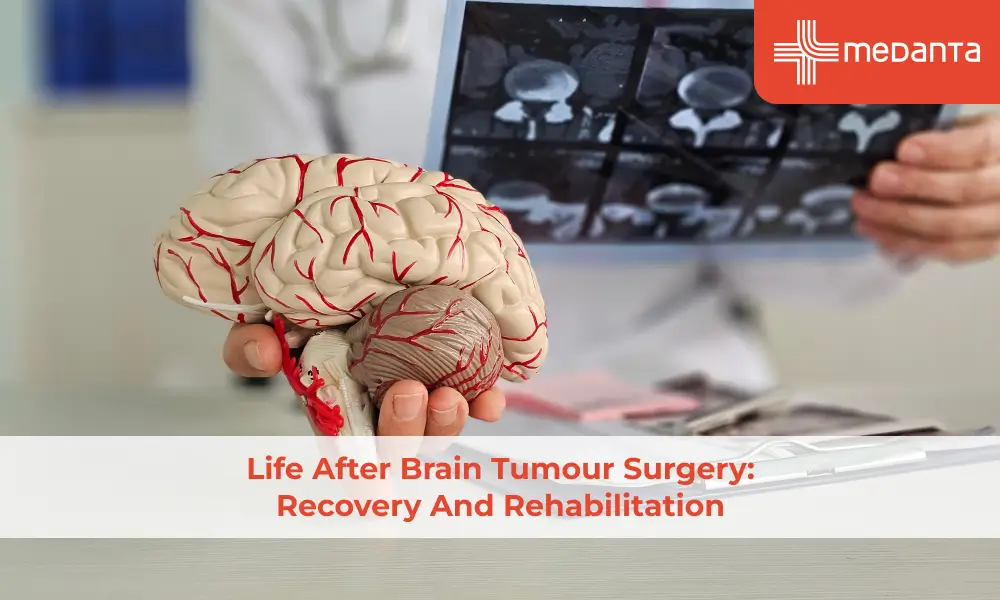Musculoskeletal Imaging Techniques: From X-Rays to MRI

The musculoskeletal system is the body's support system, and it is made of a network of muscles, joints, and the skeletal that gives you stability, and mobility during movement. Age causes a weakening of the musculoskeletal system, and age-related musculoskeletal disorders raise the risk of accidents and body pain.
If the musculoskeletal system gets hurt, doctors need to first diagnose the problem through imaging techniques such as MRI and X-ray to identify the cause. When the cause is clear, the treatment can begin but you need to remember that musculoskeletal issues are hard to fully cure, and treatment mainly includes pain medication and physical therapy.
What is the Musculoskeletal System?
The human body's musculoskeletal system helps us move our bodies with stability and support. The musculoskeletal system can be split into two main categories - the muscular system and the skeletal system.
- Skeletal system
The skeleton is the second part of the musculoskeletal system. There are 206 bones in the mature human skeleton, and the ligaments, tendons, and muscles support the bones. The body's bones are categorized into two separate categories: the axial skeleton and the appendicular skeleton. The bones that make up the body's long axis are known as the axial skeleton.
The bones of the head, thoracic cage, and spinal column make up the axial skeleton. The bones of the upper and lower extremities, as well as the shoulder and pelvic girdle, make up the appendicular skeleton.
- Muscular system
Muscle tissue is a type of specialized contractile tissue that makes up the muscular system, and all muscles are divided into three categories depending on the muscle tissue. Cardiac muscle, or the myocardial, is the heart's muscular layer, the smooth muscle is found in the walls of hollow organs and blood vessels, and the muscle in the skeleton is responsible for movement.
What are Musculoskeletal Disorders?
Musculoskeletal disorders happen when the muscles and the skeleton of our body do not operate to their full capacity. Musculoskeletal disorders impact our health by causing pain in the body and they may also make it more difficult for people to move and operate.
Medical practitioners frequently evaluate pain and range of motion to determine the severity of a musculoskeletal disorder, and treatment plans are usually created to reduce pain and enhance function.
What Musculoskeletal Imaging Techniques are Used to Diagnose Musculoskeletal Disorders?
Your treatment will be based on what is causing your symptoms, and that’s why it's critical to obtain a precise diagnosis. Doctors often use musculoskeletal imaging techniques to find out the precise cause of your pain. The most common imaging techniques are X-ray and MRI but a few other techniques are used when necessary.
Your doctor may recommend more than one imaging test to get a closer look at your bones, muscles, and joints. The type of muscle damage scan they order will mostly depend on what they think is the issue.
X-Ray
X-rays are frequently requested as soon as a healthcare professional believes a patient may have a musculoskeletal condition. Electromagnetic waves are used to create a picture, and the degree to which these waves may flow through bones and organs determines how they will appear on the x-ray plate.
Since bones are mostly composed of calcium, they absorb energy waves readily and appear white on imaging. A fracture in the bone appears black because energy waves can travel through it. While a physician may request an x-ray to diagnose a muscular ailment, soft structures such as muscles are typically not visible on these images, given how easily the X - Rays may travel through them.
CT Scan
A computed tomography scan, often known as a CT scan, is frequently used by medical professionals to identify issues with the muscles or bones. A CT scan captures images from many perspectives, and compared to other imaging methods like a typical X-ray, it offers a more thorough view of the inside of the body. You recline on a table, and the table moves through a large, ring-shaped scanner during a CT scan.
The body scanner captures images of you as you go through it. Usually, the technician running the scanner is in an adjacent room, and they compile the CT scans into three-dimensional images that may be viewed by a healthcare professional to ascertain the condition.
DEXA Scan
The mass and density of internal body structures are measured using a DEXA scan. Measuring bone mass, particularly in individuals with osteoporosis, is a frequent use for this kind of imaging. DEXA scans or dual-energy x-ray absorptiometry employ x-ray imaging, much like CT scans do.
You lie flat on a table to get a DEXA scan. Two distinct kinds of X-ray beams are used in the scanner as they move over you to collect images. Usually, the full imaging procedure takes thirty minutes or more. DEXA scans are frequently used by medical professionals to determine bone density, but they may also determine muscle and fat mass.
MRI
Radio waves and magnetic waves are used in magnetic resonance imaging, or MRI, to take images of the inside of the body. A patient remains motionless during an MRI while being moved through a long, tube-shaped machine. The imaging method creates three-dimensional images that resemble internal body cross-sections. It is not recommended for those who have metal plates, implants, or pacemakers because the imaging involves magnets.
Open MRI scanners are also available since some patients find the typical MRI tube to be limiting or anxiety-inducing. Because these scanners are open on three sides, users will find the experience more tolerable. MRI imaging, as opposed to X-ray imaging, is superior at taking pictures of the body's soft tissues, such as the muscles. It may display muscular injury brought on by a musculoskeletal condition. Joint injuries such as torn ligaments or cartilage can also be clearly shown on MRI imaging.
Arthrogram
An imaging technique called an arthrogram captures the image of a joint's inside. Depending on the problem, an MRI, CT, or X-ray may be used for the imaging. Contrast dye gets injected into the joint during an arthrogram. While taking pictures, the technician places the joint in different ways. An arthrogram is typically performed by medical specialists on individuals who have inexplicable joint problems, such as discomfort during movement or loss of mobility.
The possibility that some patients may be allergic to the dye used to enhance the pictures is one possible worry related to arthrography. Before the imaging procedure starts, inform the technician and your healthcare provider if you have ever experienced an adverse response to contrast dye or if you are aware that you are sensitive to any of the dye's common constituents.
Final Remarks
The musculoskeletal system keeps the rest of your body in place and your bones, muscles, and connective tissues that create this musculoskeletal system are always in action. If any of the parts of the musculoskeletal system is damaged, it causes pain and can restrict your movement. If you have any new pain, stiffness, or other symptoms in your body, it is best that you see a doctor. They will determine the cause of your problems through imaging techniques and will offer the correct therapy for your issues.






